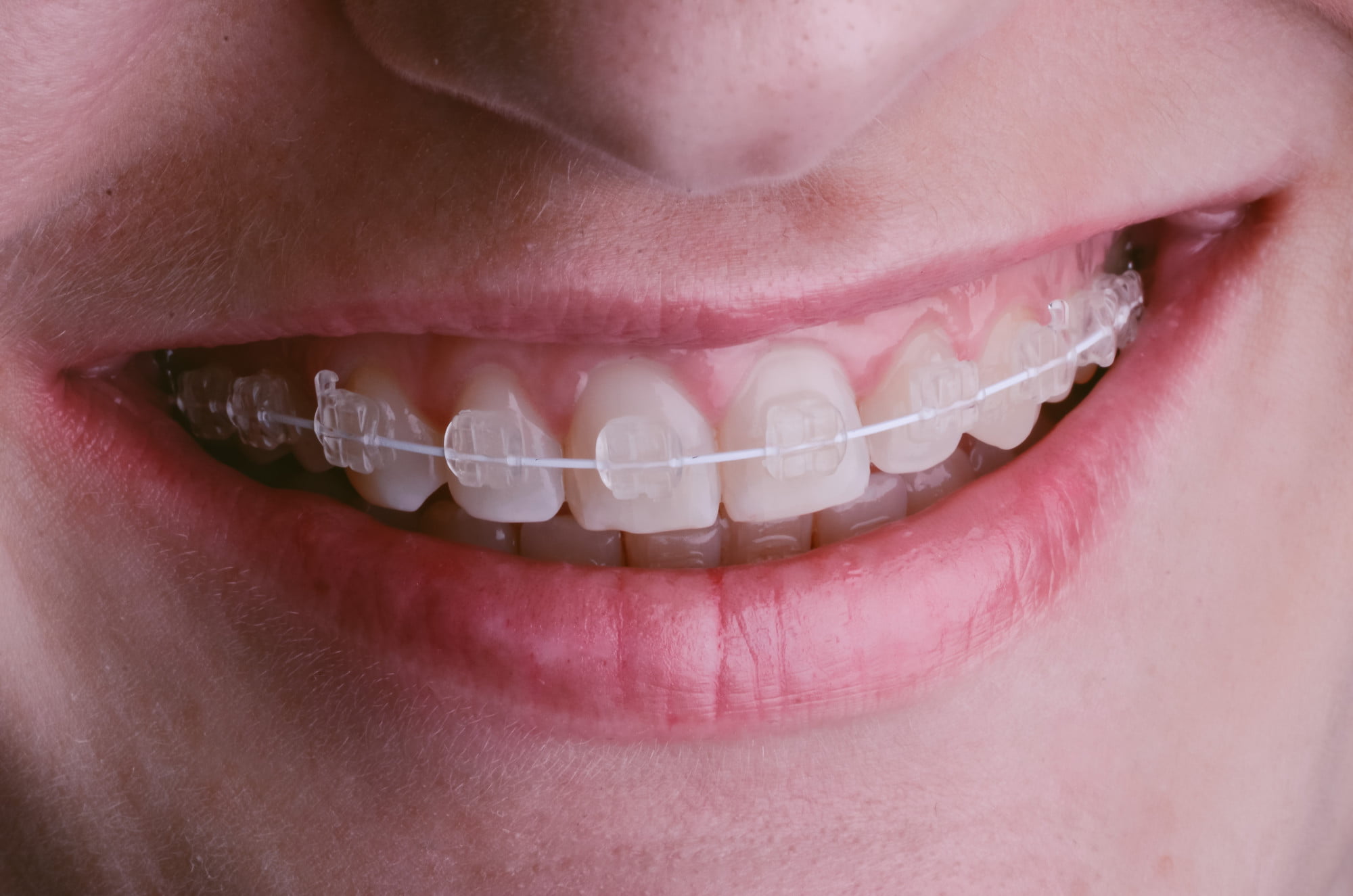In the past, most orthodontic patients were children and teens. However, more and more adults have prioritized their dental health through teeth straightening treatments in recent years. As a result, some orthodontists estimate at least 25 percent of their patients are adults.
Likely, this is due to the popularity of new types of dental braces, especially those that are more discreet.
Are you thinking about getting orthodontic treatment? If so, keep reading as we share the various kinds and help you choose the best dental braces for your mouth!
Traditional Metal Braces
Metal braces are the most common in the dental industry since they can fix even severe alignment issues. Moreover, they tend to be the most affordable option and lead to quicker treatment times.
Nevertheless, they are more noticeable than other braces since they utilize brackets, small metal pieces that bond to your teeth with a special adhesive. They stay on your teeth until the treatment is complete, which exerts constant pressure on your teeth and encourages them to move.
Wires run between each bracket to shape each tooth as they shift into place. Gradually, orthodontists replace patients’ wires so that they are tighter.
On top of wires, you’ll find ligatures, small elastic bands. Ligatures keep wires in place on the brackets and are sometimes colorful, depending on the patients’ preferences.
Lastly, braces have rubber bands that create tension between the upper and lower jaw. These are especially used in cases in which patients have under or overbites.
If you would like to learn more about how do braces work, be sure to ask your orthodontist!
Power Chain Braces
Power chain braces use an additional row of elastics along with metal braces. This combination creates a great deal of force and is ideal for correcting teeth in a hurry, especially severe issues. These include:
- Malocclusions
- Gaps
- Misalignment
As with ligatures, you can choose the color of your power chain braces.
Self-Litigating Braces
More compact than traditional braces, self-litigating braces are easy to clean and use brackets that clip into the wire. In addition, this design removes the need for rubber bands, making flossing and brushing a lot less of a chore.
Another advantage of self-litigating braces is that they allow patients to have shorter office visits and treatment times. So, if you want to align your teeth faster, self-litigating braces may be worth the extra expense.
Ceramic Braces
Ceramic braces work similarly to metal braces since they have thin wires. Yet, they are a lot less noticeable because they use ceramic brackets instead of metal ones. This material blends in with the natural color of your teeth.
These braces are a great choice for people with severe alignment issues who don’t want noticeable orthodontics.
However, you should remember that they stain easily due to their light color. So, if you choose ceramic braces, you’ll need to avoid certain foods or remember to brush your teeth right after consuming them, such as:
- Coffee
- Tea
- Soda
- Tomato sauce
Moreover, you should avoid whitening toothpaste or smoking while having ceramic braces since these will cause stains on your teeth.
Lingual Braces
Although they aren’t for everyone, lingual braces could be a good alternative for someone concerned about esthetics. These braces run along the backside of your teeth, making them completely unnoticeable.
At first, lingual braces may lead to discomfort since they rub against the tongue as you speak or eat. However, most patients get used to this after a brief adjustment period.
Moreover, those with lingual braces must be diligent about brushing and cleaning since food can easily get stuck in the brackets.
Yet, if you are willing to spend a little extra time on oral hygiene and want hidden braces, lingual braces may be the right choice!
Invisible Aligners
One of the most popular orthodontic procedures involves invisible aligners, such as Invisalign. These plastic trays provide unique treatment to each patient, moving the teeth without wires or brackets.
The first step to making invisible aligners is taking a 3D scan that creates a digital model of your teeth. These images allow professionals to come up with the perfect treatment plan and print plastic trays to carry it out.
Usually, patients swap out their trays every week, gradually progressing the treatment and aligning their teeth into place.
Of course, in some cases, metal components are used, such as when a patient has an overbite or underbite. Yet, the best orthodontist can place these metal pieces in areas that are hard to notice, keeping the treatment as discreet as possible.
If you decide to get Invisalign or another type of invisible braces, you’ll need to keep them in your mouth for at least 22 hours each day. This doesn’t leave much time for eating and drinking, especially if you like to sip on coffee, soft drinks, or wine. So, keep this in mind and talk to your orthodontist before committing!
However, you may be willing to make some sacrifices for straighter teeth and fewer dentist appointments when compared to traditional braces.
Understanding Types of Dental Braces for Your Smile!
As you can see, there are many different types of dental braces. Yet, not all of them are ideal for severe misalignment issues, so be sure to schedule an appointment with an orthodontist for recommendations.
Even if you are not a good candidate for one type of braces, your orthodontist can likely develop a treatment plan that meets your expectations! And, the result will be a healthier, more beautiful smile!
Would you like to learn more about dental health topics? If so, browse similar content on our blog!









